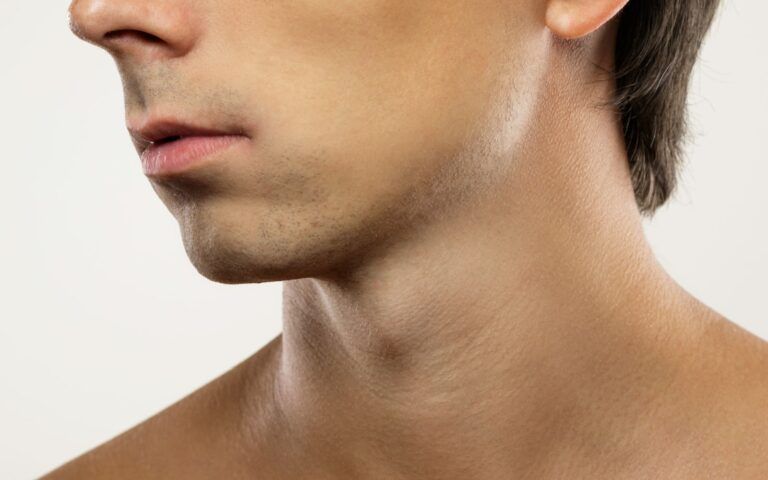How Does Distraction Osteogenesis for Jaw Lengthening Work?

In the realm of oral and maxillofacial surgery, a breakthrough has been made, known as distraction osteogenesis, and it’s been seen as a promising technique for jaw lengthening and correcting jaw deformities. At University Oral Surgery Center, we take pride in offering advanced surgical services under the expert guidance of our team. Our clinic works to be at the forefront of cutting-edge surgical procedures, and below, we’ll describe this technique in further detail and explain how this technique works to regenerate your jawbone.
The Marvel of Distraction Osteogenesis
Distraction osteogenesis works with the body’s ability to regenerate bone to lengthen and reshape it. The procedure involves placing a specialized distractor within the jawbone, meticulously adjusted over time to create a more controlled gap. The gap trigger’s the body’s natural response to fill the space with new bone, lengthening the bone over time to reshape the jaw.
Distraction osteogenesis has proven to be a highly effective treatment for various jaw deformities, including:
- Micrognathia: Also known as an undersized jaw, or when the lower jaw is smaller than normal.
- Hemifacial microsomia: A congenial disorder affecting the development of the lower half of the face
- Any source of facial asymmetry from various causes, such as traumatic accidents or illness.
Several signs may indicate the need for jaw lengthening with distraction osteogenesis. These signs include:
- Difficulties with biting or chewing can impact a person’s quality of life.
- Speech difficulties stemming from jaw misalignments or malocclusion.
- Constricted airways cause breathing problems due to jaw abnormalities.
- Aesthetic concerns, such as facial asymmetry, can greatly impact a person’s self-confidence and emotional well-being.
This treatment allows for bigger corrections in bone positions than ever before compared to traditional surgery. However, depending on the positioning of the device, regular visits with your oral surgeon are needed to help gradually adjust the jawbone back into the proper position. And the healing phase can take up to a year or more to complete. During your recovery, you will need to eat soft foods the entire time the distractor is bone, and when the new bone is strong enough, the distractor can be removed, and you will receive a new jawline!
Our Patient-Centered Approach at University Oral Surgery Center
At University Oral Surgery Center, we prioritize our patient’s satisfaction and well-being, and to ensure the best treatment plan, Dr. Ramin Shabtaie and our experienced team will conduct a comprehensive evaluation, considering factors such as age, overall health, and the severity of the jaw deformity, and tailor your treatment plan to meet your needs and help you achieve optimal results.
If you have concerns about your jaw and are interested in learning more about distraction osteogenesis or any other oral surgical procedures, please do not hesitate to contact University Oral Surgery Center at (310) 208-3471. Our dedicated team in Los Angeles, CA, is committed to helping you achieve your desired oral health and aesthetic outcomes. Experience the transformative power of our exceptional care and embark on a journey toward a brighter, more confident future.
